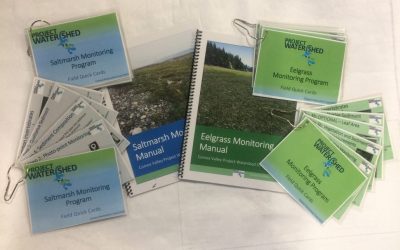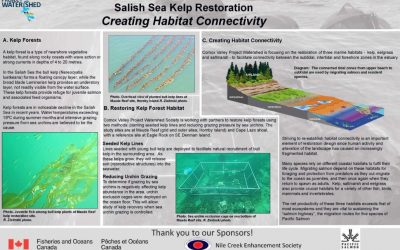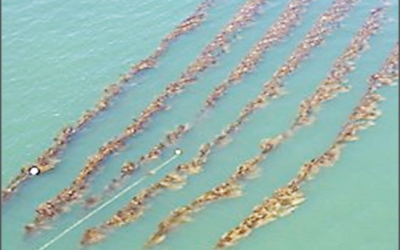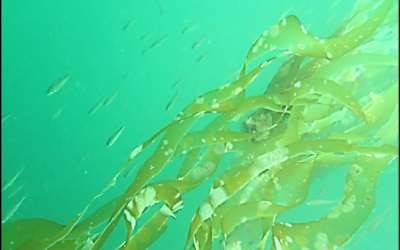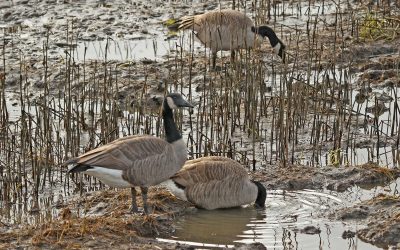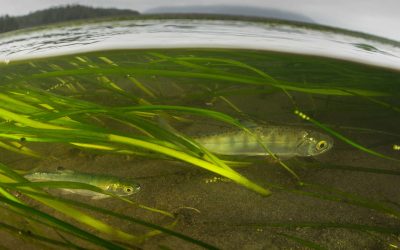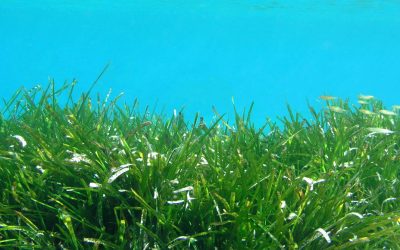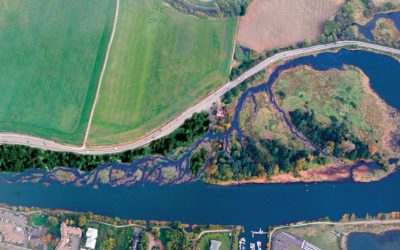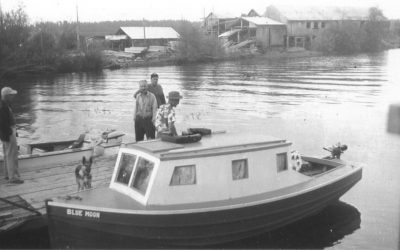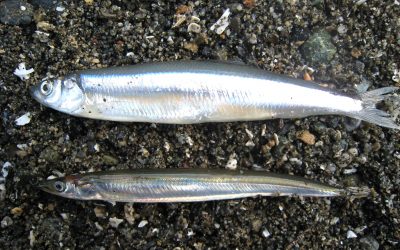The monitoring program provides volunteers and community groups with all the information, materials and support necessary to help us monitor our restoration projects.
Creating Habitat Connectivity
Comox Valley Project Watershed is focusing on the restoration of three marine habitats – kelp, eelgrass and saltmarsh – to facilitate connectivity between the subtidal, intertidal and foreshore zones in the estuary.
Restoring Kelp Forest Habitat
Comox Valley Project Watershed Society is working with partners to restore kelp forests using two methods: planting seeded kelp lines and reducing grazing pressure by sea urchins.
Kelp Forests
A kelp forest is a type of nearshore vegetative habitat, found along rocky coasts with wave action or strong currents in depths of 4 to 20 metres.
Resident Goose Management
Introduced to the island in the 1970s for hunting and wildlife viewing, Canada Geese have flourished here, to an extent where they are now overwhelming ecosystems vital to other species, such as salmon.
Reed Canary Grass
Reed Canary Grass (RCG) is a perennial cool season grass that can grow up to 2 meters tall and expands by creeping rhizomes, vegetative fragments and seeds.
Forage Fish
Project Watershed and a group of fantastic citizen scientist partners and North Island College student volunteers have been working hard to identify forage fish spawning beaches in the Northern Salish Sea.
Coastal Restoration
Paragraphs
Lorem ipsum dolor sit amet, consectetuer adipiscing elit. Donec odio. Quisque volutpat mattis eros. Nullam malesuada erat ut turpis.
Friends of Kus-kus-sum
This is a list of all the people and organisations that contributed to Project Watershed and Kus-kus-sum. We appreciate every donation large or small as it all gets us closer to transforming the eyesore in the heart of our Valley into functioning habitat.
Restoration in Campbell River of Sawmill and Log Booming Area
The amazing makeover of the Campbell River Estuary through the work of the Nature Conservancy of Canada.
History of the Field Sawmill Site/Kus-kus-sum
The original Field Sawmill was started in 1947 on the current site of Arden Elementary school. The Comox Rd site was cleared of trees in the late 1940’s and the mill moved its operation to the Courtenay River location, below the 17th Street Bridge in 1949.
Requesting Forage Fish Local Knowledge
Over the past few months, Project Watershed and citizen scientist volunteers have been working hard to identify forage fish spawning beaches in the Northern Salish Sea. Forage fish are a group of small schooling fish that are ecologically important to a variety of marine species such as Chinook and coho salmon, marine shore birds like the Rhinocerous Auklet and larger marine mammals such as orcas and humpback whales. In BC there are seven common species of forage fish: eulachon, Pacific sand lance, surf smelt, Pacific herring, Pacific sardine, capelin, and Northern anchovy.


